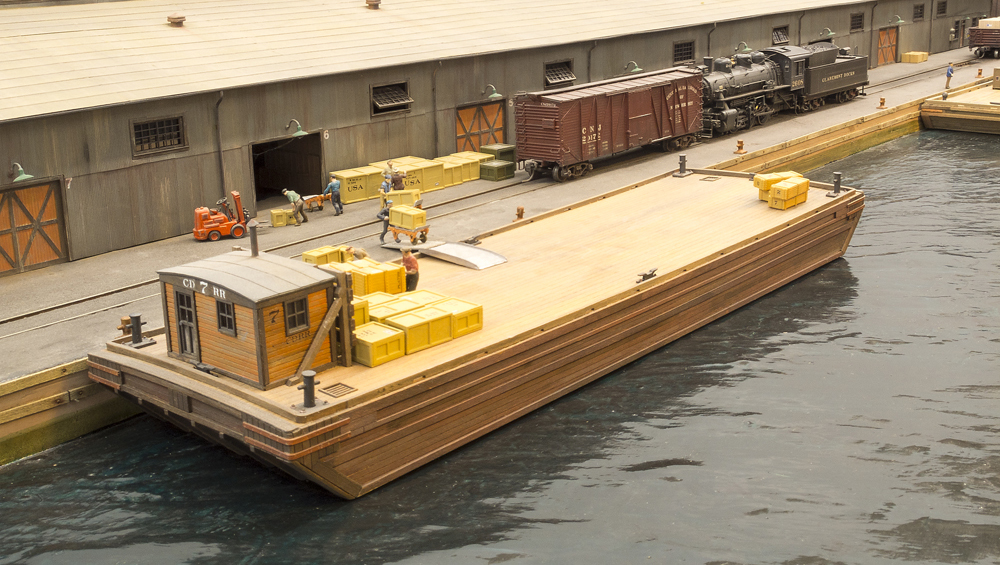
If you’re a fan of both boats and trains, building a model railroad involving both can be a rewarding experience. A rail-marine layout allows you to practice and utilize a variety of techniques and skills, including making water and building unconventional vehicles like car floats and cranes. They also don’t have to take up a […]
Read More…
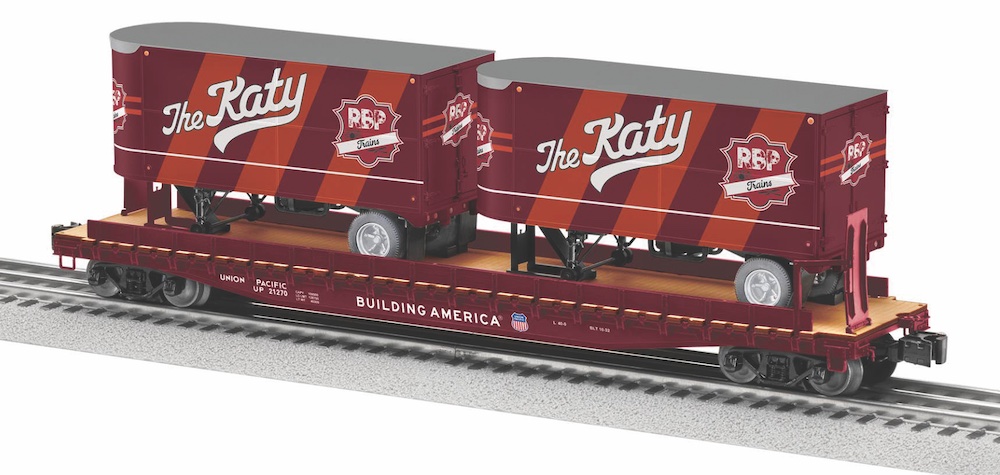
Locomotives & rolling stock METCA offers an MTH custom-run 4-Bay Hopper as part of the RailKing line. The cars feature O-27 operation and Jack Daniel’s Tennessee Whiskey graphics (30-75762 shown). Expected delivery in March 2025. Price: $64.95. Order from metca.org Public Delivery Track is selling a custom-run MTH RS1 locomotive as part of the RailKing […]
Read More…
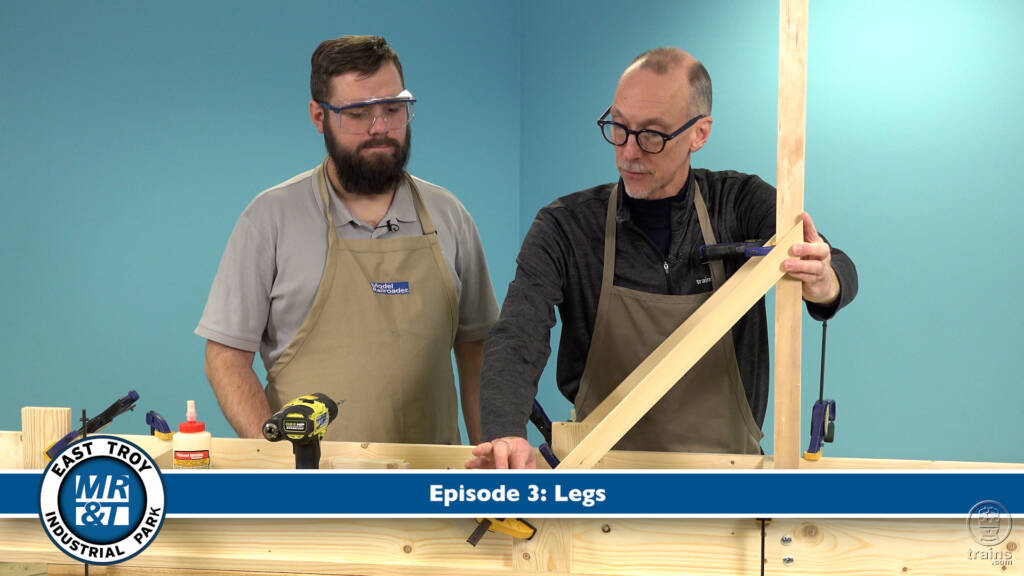
Host David Popp and Bryson Sleppy work to raise the wood framework of their East Troy Industrial Park (ETIP) model railroad off the ground. Watch as they share how to plan, construct, and install the legs for a nearly any layout. And don’t miss the simple, yet extraordinarily helpful insights the crew shares in Model […]
Read More…
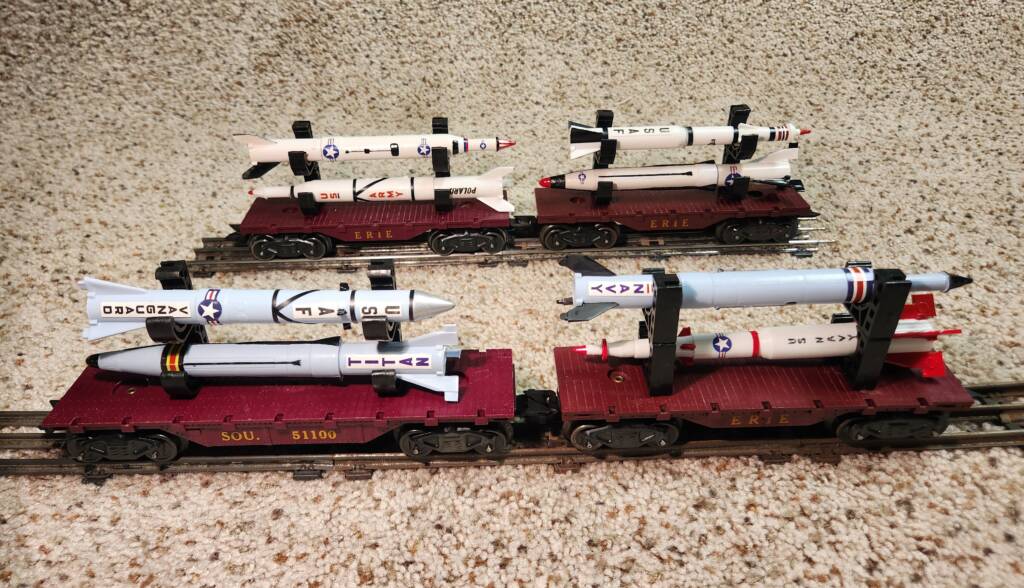
Marx offered a Missile Launcher & Carrier car that was a neat item. Unfortunately, it was only available in 1957, 1961 and 1962, making it both rare and hard to find. If you want a similar-looking car, I have a less-expensive solution that’s an easy weekend project. A couple years ago, a friend brought over […]
Read More…
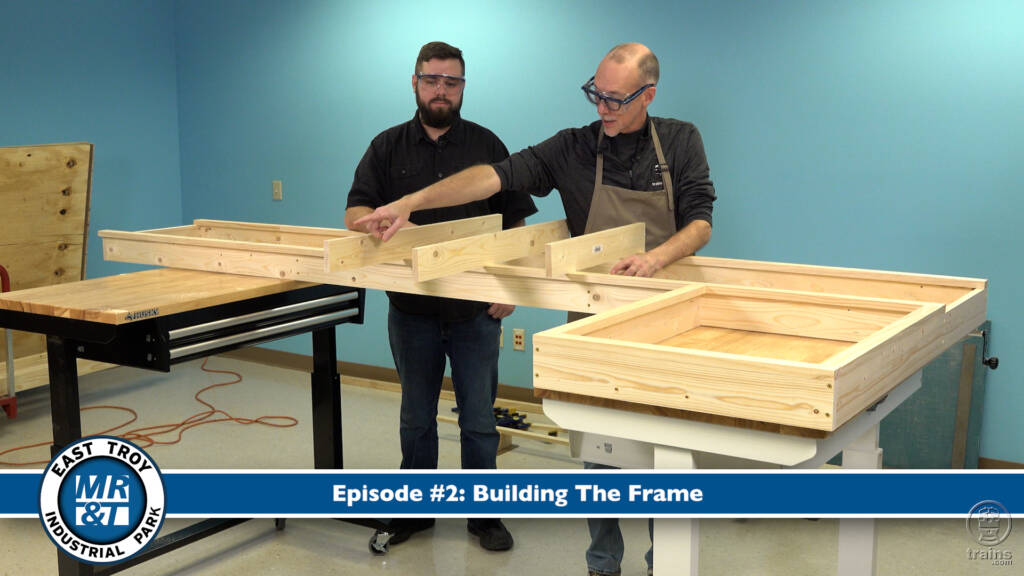
With all the same enthusiasm and expertise demonstrated in previous Model Railroader Project Layout efforts, host David Popp and Bryson Sleppy begin constructing the East Troy Industrial Park (ETIP) model railroad! While it will be just a small semblance of the former Milwaukee, Racine, & Troy HO scale (1:87.1) layout, the all-new ETIP promises to […]
Read More…
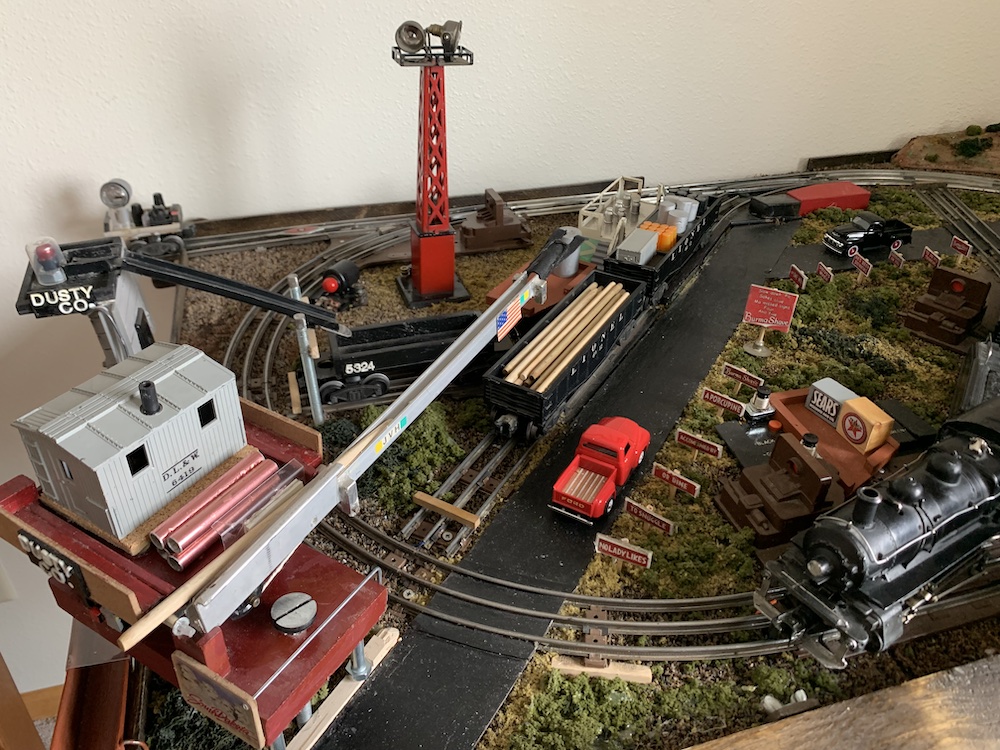
Don’t have a lot of money to build a new layout? Perhaps you have a lot of odds and ends in your scrap box and want to put them to use. These “cast-off” items, along with common hardware materials, can provide you with enjoyable, innovative projects that could create a small layout. This layout could […]
Read More…

Watch a video of the Atlas O Premier custom-run VIA Rail F40PH-2 locomotive, as offered by Mr. Muffin’s Trains. This locomotive packs in a lot of detail and features like Proto-Sound 3.0 and O-36 operation. Read the product review of this engine from Contributing Editor Bob Keller. […]
Read More…
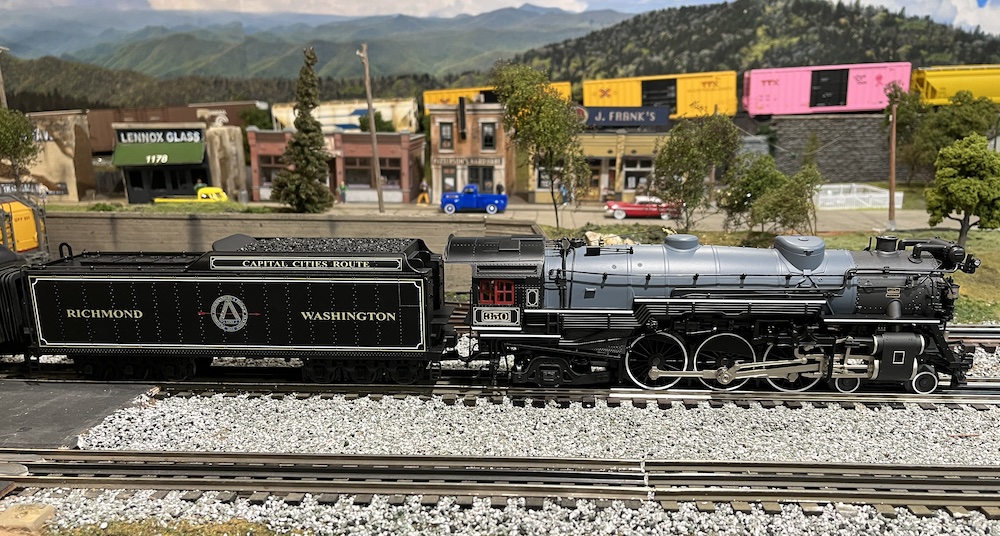
The F19 Pacific-type was distinctive for its air pumps lining the front of the smokebox. These steam locomotives were developed by the Chesapeake & Ohio Railway, and famously pulled the George Washington between Cincinnati and Washington D.C. One feature that made the train a stand out was the Pullman heavyweights that featured the route’s name […]
Read More…
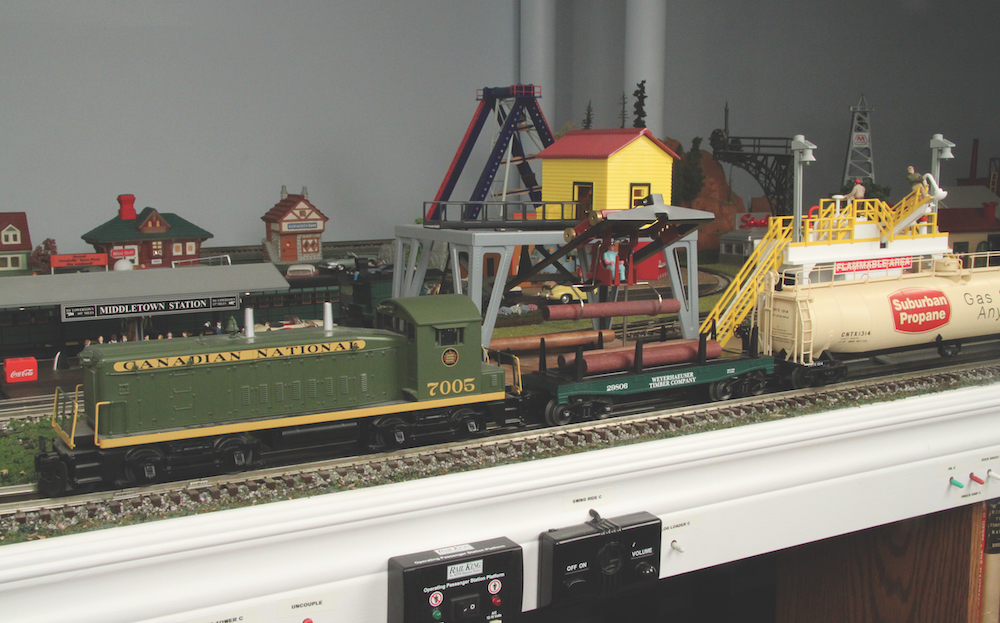
Whenever children visit my O gauge layout, the operating accessories attract their attention more than any other feature. To accommodate them, I locate the controls for these toys nearby in the molding around the edge of the table, rather than on a central control panel. I have several industrial sidings, all close to viewers. Each […]
Read More…
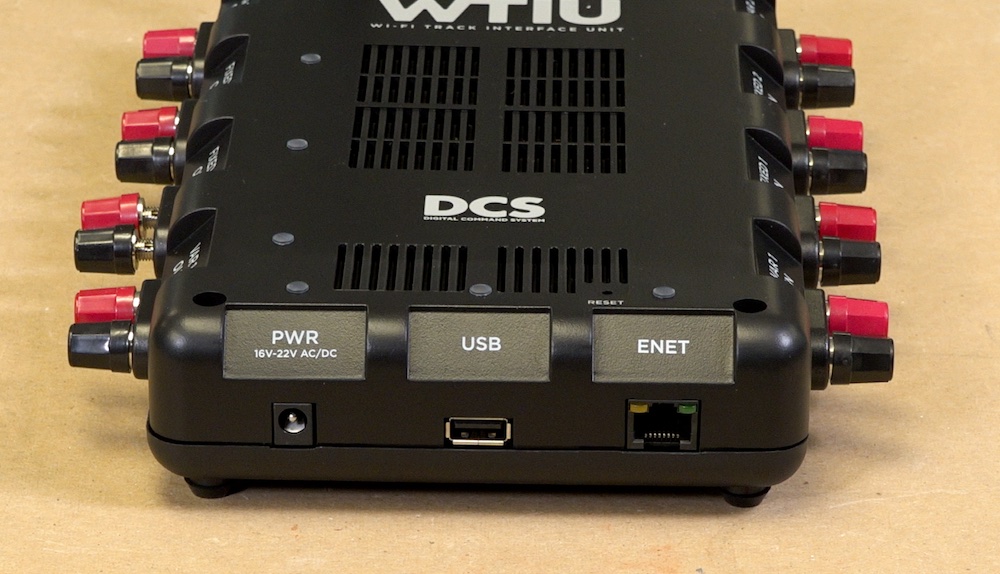
With the recent arrival of MTH’s long-awaited WTIU, the era of “absentee operating” systems in 3-rail model railroading has officially come to an end. The Base3 system from Lionel arrived a few months ago for Lionel operators, and now the Digital Command System offers Proto-Sound 2.0 and 3.0 operators access to full functionality of their […]
Read More…
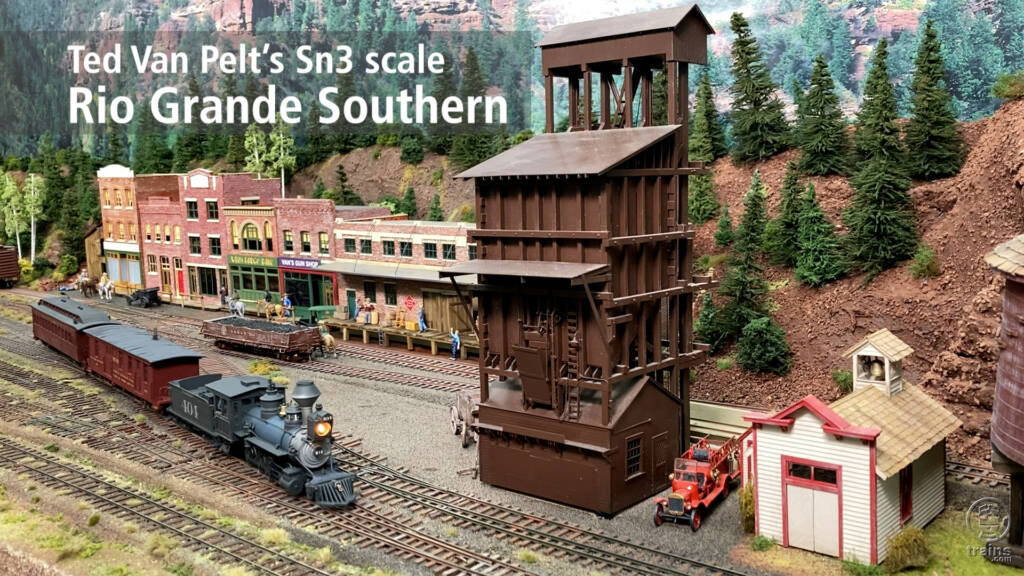
In the February 2025 issue of Model Railroader, readers got to learn more about Ted Van Pelt’s Sn3 Rio Grande Southern. The 22 x 22-foot layout, set in Colorado in 1930, features narrow gauge freight and passenger action, many scratchbuilt structures, and photo backdrops of prototype locations in the Centennial State. The walk-in layout has […]
Read More…

In the February 2025 issue of Model Railroader, readers got to learn more about Ted Van Pelt’s Sn3 Rio Grande Southern. The 22 x 22-foot layout, set in Colorado in 1930, features narrow gauge freight and passenger action, many scratchbuilt structures, and photo backdrops of prototype locations in the Centennial State. The walk-in layout has […]
Read More…











